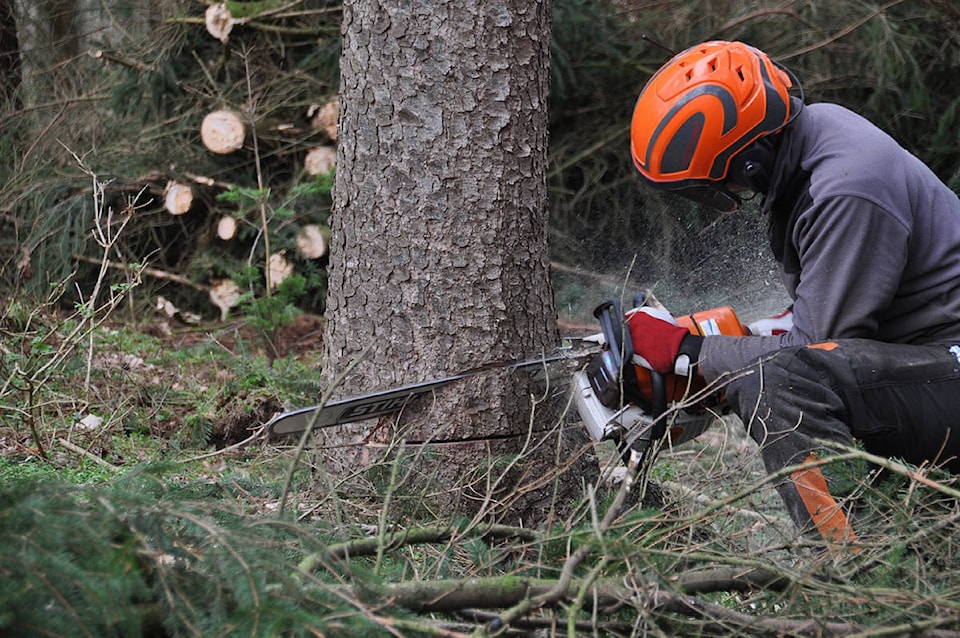Many of us grew up in an era when everyone knew someone who worked at a lumber or pulp mill, or drove a logging truck, or wielded a chainsaw in the woods.
It wasnsa���ʴ�ý�t long ago that B.C. was so synonymous with logging that even Monty Python could joke about sa���ʴ�ý�the mighty rivers of British Columbiasa���ʴ�ý� in the lumberjack sketch. If you knew nothing else about B.C., you knew it was where men in plaid cut down big trees.
Up into the 1980s and early 1990s, even suburban communities like Langley, Surrey, and Maple Ridge had shorelines dotted with mills.
Remember the old Interfor mill in Fort Langley? Remember how Fort Langley used to be a sort of quaint little village that had a couple of museums, but was still largely a blue-collar town?
Those days are fading fast, and the recent provincial budget shows how much B.C.sa���ʴ�ý�s economic relationship with forestry has transformed over the space of a single generation.
Forestry is unquestionably in crisis right now, with mills shutting down, a debilitating labour dispute just ended, and low lumber prices and allowable cuts weighing on the whole industry.
The governmentsa���ʴ�ý�s response has been decidedly mixed.
But if it were any other non-resource industry that was in this kind of trouble sa���ʴ�ý� if there was a slump in software or mass layoffs at a couple of retail chains sa���ʴ�ý� you wouldnsa���ʴ�ý�t see the kind of breathless media coverage the forestry crisis has received.
We still think of British Columbia as somehow grounded in forestry. And while itsa���ʴ�ý�s a big industry, itsa���ʴ�ý�s not the biggest, and it hasnsa���ʴ�ý�t been in quite a while.
Go back to 1991 sa���ʴ�ý� the earliest year for which numbers are available from BC Statistics sa���ʴ�ý� and 97,000 people were employed in forestry, mills, and forestry support activities. In 2017, that was down to 51,793, down to barely more than half its previous total.
Meanwhile, B.C.sa���ʴ�ý�s population in 1991 was 3.3 million. Todaysa���ʴ�ý�s population is five million. Forestry is an ever smaller portion of an ever larger economic pie.
Population increases in B.C. year-over-year have been running at more than 70,000 people, a historic high.
Thatsa���ʴ�ý�s more people than even work in the industry, coming to this province every year for several years running. Itsa���ʴ�ý�s jobs being created in homebuilding, manufacturing, technology, education, tourism, and retail, and countless other jobs that have nothing to do with forestry.
This is, in many ways, a good news story. B.C.sa���ʴ�ý�s unemployment remains low, and the economy is far more diversified than when it was a three-legged stool based on forestry, fishing, and mining. When the forestry industry caught a cold in the 1970s or 1980s, it was enough to sicken the entire economy.
Now, the worst crisis in decades is hitting many communities and shops hard sa���ʴ�ý� but it isnsa���ʴ�ý�t devastating the whole of the province. The forestry industry needs help, but itsa���ʴ�ý�s not the jobs driver it once was.



